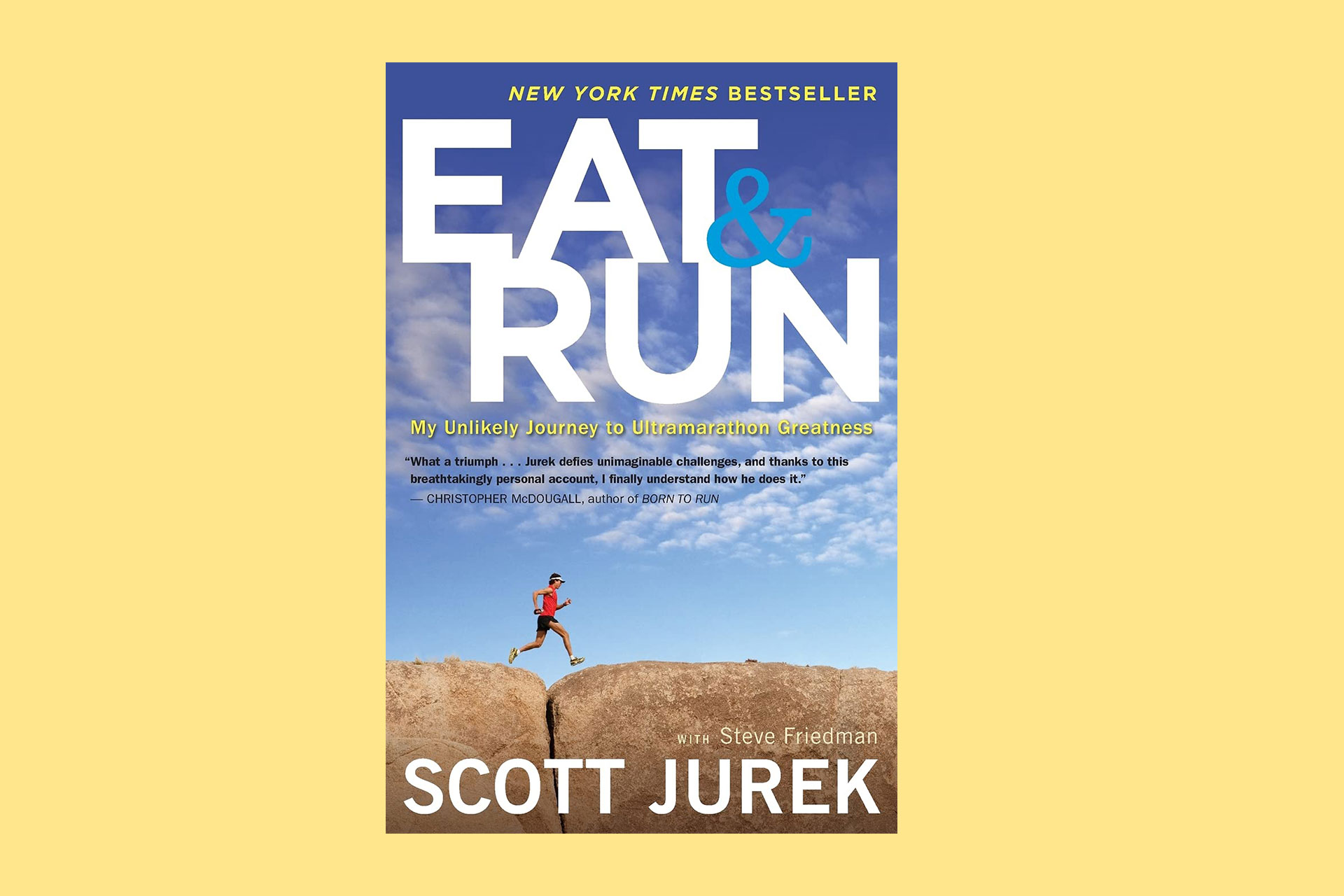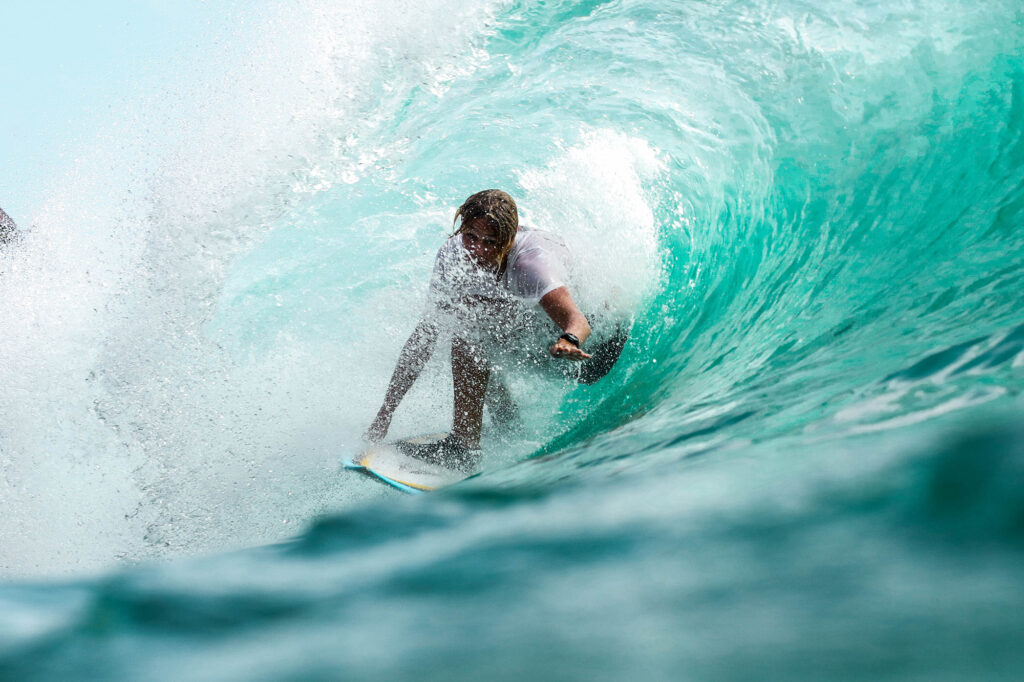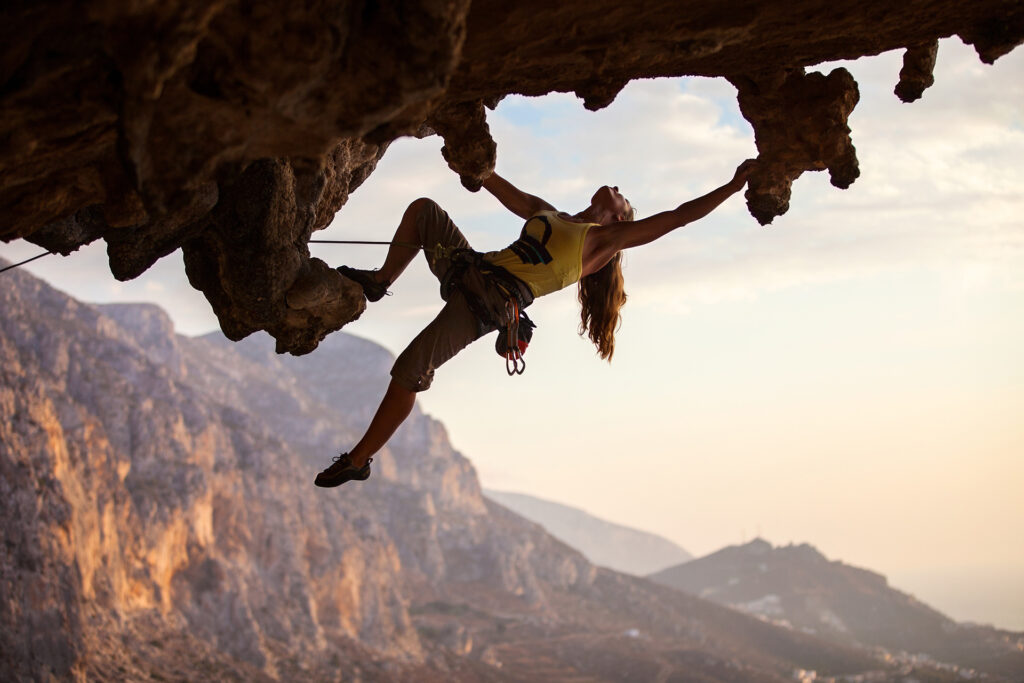Running is a perfect way to appreciate the landscape and enjoy nature. Most runners value their environment, and feel that running is a pretty eco-friendly way to stay fit and strong. If we run outdoors, we can run straight from home. We don’t need special equipment. We can even use running to get to work, a super environmentally friendly way to commute.
But could we do more?
How can we improve our running habits and reduce our impact on the environment?
We can start by looking at what we eat and drink. We are fed the notion that we need specialist sports nutrition to run well. Will energy gels, protein bars and isotonic drinks really help us run faster and stronger? There are many alternatives to manufactured products, which are often sold in small plastic sachets – exactly the kind of rubbish too often found floating in our oceans. In his best-selling book, Eat and Run, Scott Jurek recalls how he has become one of the world’s most successful ultra-runners eating vegan food he makes himself.

The Rarámuri or Tarahumara, indigenous people living in Mexico, are renowned for their running prowess. Their unprocessed, largely vegetarian diet powers them over hundreds of kilometres.
So, why not explore how far you can run on home-made banana bread or a bean wrap? No more flimsy packaging flying off in the wind, and it tastes so much better than a gel or bar too.
If you need an isotonic drink, then choose a brand which sells powdered mixes in larger, preferably 100% compostable, packs which can be mixed in your own water containers.
A very simple step to make your running greener is to always run outdoors rather than on a treadmill. No machine, light, heating, or power required. It has the added benefit of being better for you mentally and physically.
When we run in nature, being immersed in its beauty is intrinsic to our enjoyment. Finding wrappings fluttering in the bushes, tissues in random places or plastic bottles in rivers does not enhance our experience. Whatever we take on the trails we have to take home with us too, leaving no trace on the trails. We can go a step further and be advocates for #trashfreetrails, raising awareness among all trail users about our responsibility to protect our environment. We can encourage everyone to pick up some litter when running. Or we can go a step further and get a group of runners together to go plogging.
While running from home is ideal, sometimes we want to explore further. Biking, taking public transport or car-pooling to trails, or to attend events, are ways to reduce our impact on the environment.
Clothing and shoes are important to runners. We can however be more mindful of our choices, choosing more sustainable clothing and shoes, and washing them less. There are a myriad of brands working hard to create products from all kinds of sustainably sourced materials: from bamboo, to coffee grounds and algae. Many also ensure that their products are recyclable at the end of their useful life. We can take these factors into consideration when purchasing new gear.
There are also a growing number of ways to pass on or recycle pre-loved clothing and shoes rather than sending them to landfill. In Singapore, for example, there are 100 collection points for used running shoes. Materials from the shoes collected are used to make athletics track, playgrounds and gyms as part of Singapore’s waste management policy. The No wear to run initiative in the UK asks runner to donate clothing and shoes for distribution to those who would like to run but can’t afford the gear. Creative runners have been known to make their race t-shirts into “memory” blankets, the t-shirts are given a new purpose by being sewn together to create a cosy blanket.
Many runners like their running to be recorded on an electronic gadget. There is always a new gadget on the market and it’s tempting to treat yourself to a new piece of bling. Rather than let the old one linger in a drawer why not sell or donate it to a running charity.
Finally, when we participate in events, we can make our views known. Large scale running events create a huge amount of waste. From water bottles, to goodie bags and t-shirts that people don’t really want, it’s tonnes of trash which has to go somewhere. As well as getting organisers getting rid of single use plastic, they could source medals made of local wood, rather than metal medals shipped from far away. It’s a big business and challenging race organisers to be greener in all areas will have an impact. Many are moving in the right direction, we just need to keep encouraging them.
However, the biggest impact that we can have is by travelling to events more sustainably. That’s just another good reason to get some running friends interested in our racing plans, then we can travel together and have even more fun.
Like a marathon, many small steps will take us in the right direction.
Enjoy your greener running! It’s better for you and the planet.



